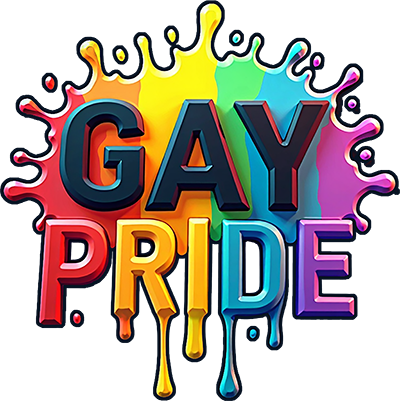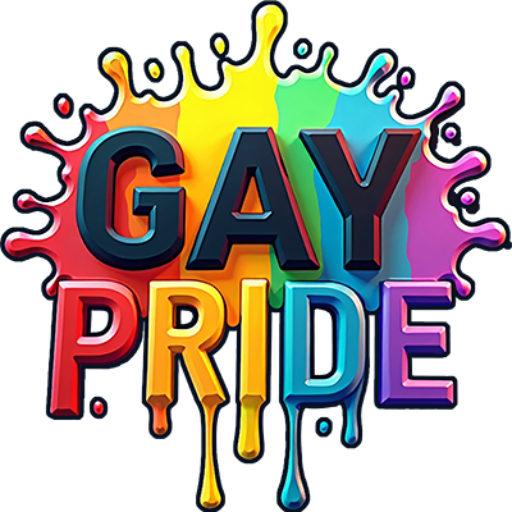LGBTQ Visibility in Advertising and Marketing: A Comprehensive Guide
In recent years, the presence of LGBTQ individuals in advertising and marketing has become increasingly prominent. Brands are recognizing the importance of inclusivity and representation, not just as a social responsibility but as a strategic necessity. This blog post delves into the significance of LGBTQ visibility in marketing, examines its evolution, and explores how brands can authentically engage with diverse communities.
Table of Contents
1. Introduction
2. The Evolution of LGBTQ Representation
3. The Importance of Authenticity
4. Successful Campaigns and Best Practices
5. The Challenges and Backlash
6. FAQs
7. Conclusion
The Evolution of LGBTQ Representation
The journey of LGBTQ representation in advertising has been a dynamic one. Decades ago, the community was largely invisible in mainstream media. When they did appear, it was often in stereotypical or tokenistic forms. However, as societal attitudes have shifted, so too has the portrayal of LGBTQ individuals in marketing efforts.
Brands like IKEA and Absolut Vodka were pioneers in the 1990s, incorporating LGBTQ themes into their advertisements. The 21st century has seen a significant rise in visibility, with companies like Nike, Apple, and Coca-Cola leading the charge in creating inclusive campaigns. This shift reflects changing societal norms and growing acceptance, but it also highlights the power of representation in shaping public perception.
The Importance of Authenticity
While increased visibility is a positive step, it is crucial for brands to approach LGBTQ representation with authenticity. Consumers today, especially younger audiences, can easily detect insincerity. Brands that genuinely embrace diversity and make consistent efforts to support LGBTQ causes are more likely to earn the trust and loyalty of these communities.
Authenticity extends beyond just featuring LGBTQ individuals in advertisements. It involves actively engaging with the community, understanding their challenges, and supporting their causes year-round—not just during Pride Month. For example, Levi’s has consistently supported LGBTQ causes through partnerships and advocacy, which resonates with consumers who value corporate responsibility.
Successful Campaigns and Best Practices
Several brands have successfully created campaigns that resonate with LGBTQ audiences and beyond. One notable example is the “Love Has No Labels” campaign by the Ad Council, which emphasizes love’s inclusivity. Similarly, Skittles’ decision to remove its rainbow colors during Pride Month to highlight the rainbow flag’s significance was widely praised.
Best practices for brands looking to engage with LGBTQ communities include:
– Conducting thorough research to understand the unique needs and preferences of LGBTQ consumers.
– Collaborating with LGBTQ creatives and influencers to ensure authentic representation.
– Supporting LGBTQ causes both publicly and through internal policies.
– Avoiding stereotypes and clichés in marketing materials.
The Challenges and Backlash
Despite the progress, brands often face challenges and backlash when attempting to include LGBTQ representation. Some consumers criticize efforts as “rainbow-washing” or superficial attempts to capitalize on Pride Month. Additionally, companies may face backlash from more conservative audiences.
To navigate these challenges, it’s essential for brands to remain steadfast in their commitment to inclusivity. Transparency about their intentions and actions can help mitigate backlash. Moreover, engaging in continuous dialogue with LGBTQ communities allows brands to refine their strategies and ensure they are truly supportive and inclusive.
FAQs
Q1: Why is LGBTQ representation important in advertising?
A: It promotes inclusion, reflects societal diversity, and can enhance brand loyalty and market reach.
Q2: How can brands ensure authenticity in LGBTQ representation?
A: By engaging with LGBTQ communities, supporting relevant causes, and ensuring diverse voices are involved in the creative process.
Q3: What are some examples of successful LGBTQ-inclusive campaigns?
A: Campaigns like “Love Has No Labels” by the Ad Council and Skittles’ Pride Month initiative have been successful in promoting inclusivity.
Conclusion
As the landscape of advertising and marketing continues to evolve, LGBTQ visibility remains a crucial component of a brand’s strategy. By prioritizing authenticity, understanding the community’s needs, and committing to long-term support, brands not only foster inclusion but also strengthen their market position. In an increasingly diverse world, the ability to resonate with all communities is not just a marketing strategy—it’s a business imperative. 🌈

